By planting vegetable seeds or transplants during the best period, you’ll be sure of getting the most out of your garden. Remembering your first and final frost dates will also help you to ensure you start your vegetable seeds at the ideal time.
Aloe plant, agave, acacia, dalea, calliandra, bird of paradise, salvia, eremophila, Texas sage, verbena, yucca, penstemon, and prosopis are some of the best plants that grow well in Arizona full sun.
We will learn more about these plants shortly!
Table of Contents
Different Plants That Grow Well in Arizona Full Sun
The concept “Arizona” is used to describe a low desert area featuring temperatures upwards of 104 to 107 degrees Fahrenheit, which is not considered ideal for some plants, most notably vegetables and others alike.
However, there are several other plants that thrives in the Arizona hot summer. For instance, perennials that feature solid taproots and foliage conserving water are more tolerant of heat and sun than annuals.
This is so because most of their energy is focused on forming flowers, hence don’t pay much attention to building a deep root system. We’d be considering some of the most common plants that grow well in Arizona full sun.
1. Acacia
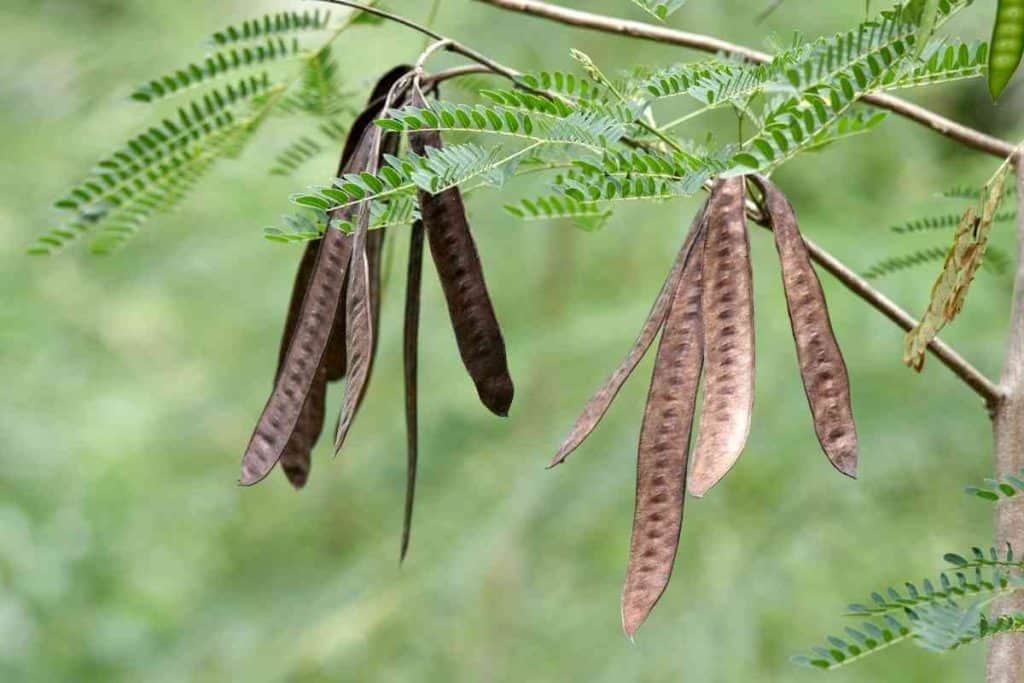
Acacia is a group of arid-zone landscaping plants made up of trees, shrubs, and ground covers. Considering their species, acacias offer shade, screening, and beautiful displays of blooms and are very attractive prospects for your landscape.
These plant species thrive in full light conditions, and you can choose them in different soil types. If you want them to form solid roots, you must carry out frequent but periodic deep irrigation. You can enhance this by ensuring your washing is done along the canopy’s edges instead of the trunk’s base.
Every Aussie acacia species feature modified leaf stems, otherwise referred to as phyllodes, which perform similar to leaves in plants.
2. Agave

The agaves are collections of different leaf succulents that feature rosettes varying in color, shape, and size. There are probably over 200 agave species in the Southwest region, Mexico, and Central America.
The huge rosettes in agave plants give an amazing contrast to the finely-tuned texture of desert-adapted shrubs and trees in the area.
The Agave group is widely considered one of the most popular and valuable plants in desert areas because it can tolerate excessive heat, frost, drought, and soil salinity conditions.
It is sometimes referred to as century plants. It mostly takes agaves between 5 to 50 years to produce flowers that feature attractive stems.
The plant gradually dies after flowering. However, they always create offspring, seeds, or bulbils (also known as plantlets). Make sure you don’t grow agaves around walkways, windows, or terraces, as they possess huge-sized spiky leaves.
Agaves, most notably the medium and tiny-sized ones, thrive so well in pots or prefer being mixed with groundcovers & meadows to make the environment and the atmosphere lively. The perfect time to plant them is during the fall or late winter. Water very deeply but occasionally to enhance plants’ health.
3. Aloe
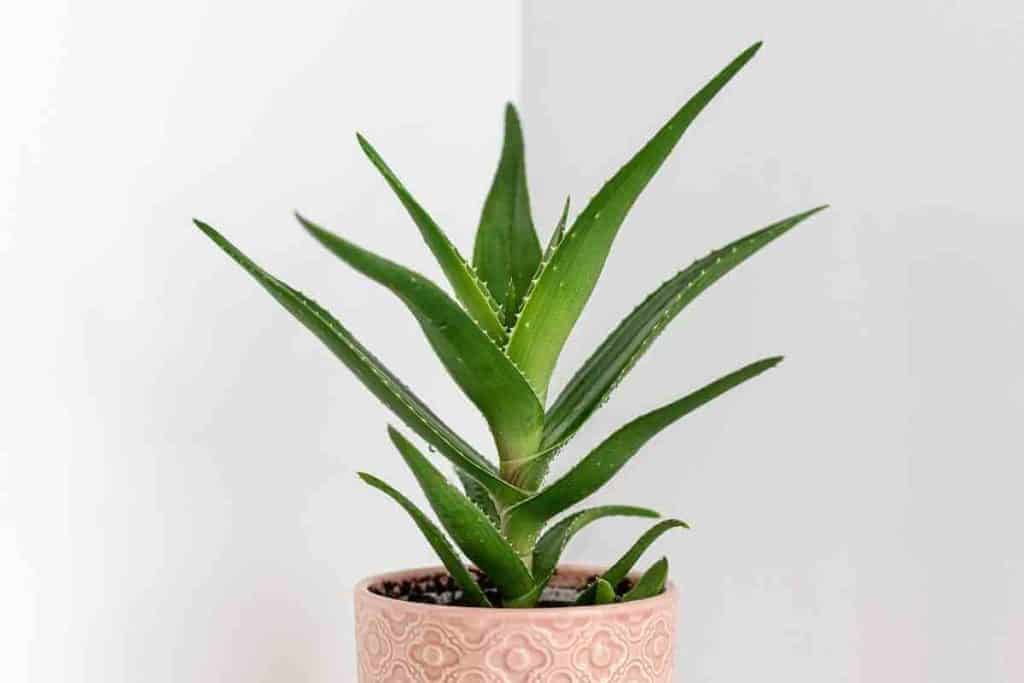
Aloe is widely considered an attractive plant from southern and eastern Africa, which features a wide range of beautiful flowers ideal for Arizona gardens in the frost season. It features wonderful and durable floral appearances.
Aloe has different shapes and sizes and varies from modest groundcovers to tree-like ones. The types that form small clusters thrive in pots, while those with tree-like appearance, particularly when mixed with groundcovers and meadows, do best as emphasis or mass plantings.
Aloe vera often attract hummingbirds because of their conical flowers formed on long flowering stalks and come in different colors ranging from yellow, cherry, and deep red-orange. It possesses light to dark brown-colored teeth on the edges of its sharp-tipped leaves.
The rosettes hardly die even during the flowering period. And most of the aloe varieties form spurs that grow above huge areas. Aloes can last very long. However, some of its species can risk having their rosettes and flower stems damaged if the temperature goes around or below 24 degrees Fahrenheit.
4. Bird of Paradise
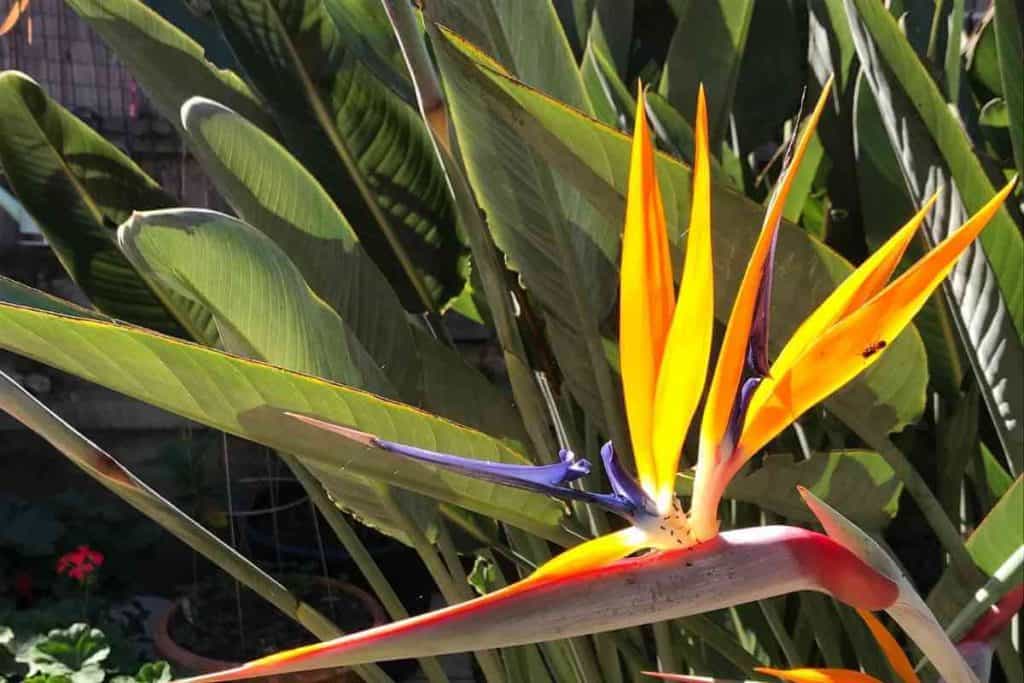
Scientifically known as Caesalpinia, the bird of paradise is another plant that can grow well in Arizona’s full sun and adds a wide range of color to its landscape. Its many colorful flowers are very durable and feature vibrant colors. For instance, its fluffy leaf can merge yellow, blazing red, and orange colors.
Caesalpinia is a tree and shrub of different sizes ranging from medium plants to very small trees. As earlier noted, it can survive in hot desert regions and is drought-tolerant.
In other words, it doesn’t need much watering to maintain its healthy nature, but you can create a watering schedule about once every two weeks during its flowering stage.
Caesalpinia is very stubborn and can survive when grown with different soil types. However, the ideal soil for it is well-drained. Note that heavy soils can form chlorosis, even though you can use iron chelate for treatment or remedy.
Deciduous trees can be heavily clipped as they become latent during the fall, resulting in new shoots during the spring. It will form a more rounded shape and become tighter because of the pruning activities. Its seeds are poisonous; hence should not be consumed by pets or humans. Because of its beautiful flowers, hummingbirds and butterflies get attracted to it.
5. Calliandra
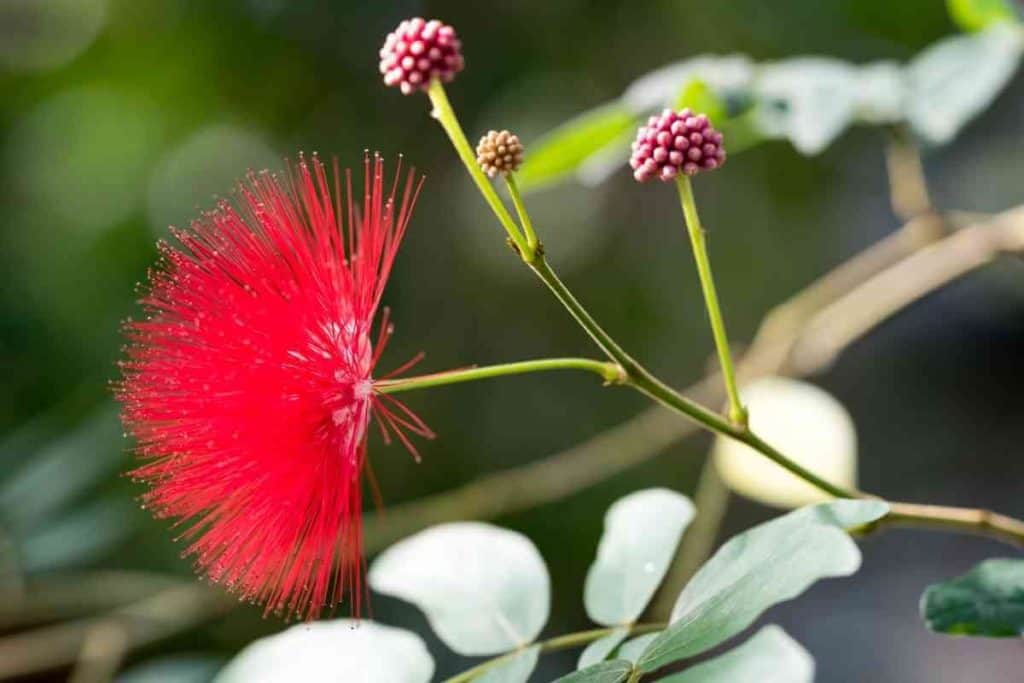
Commonly known as fairy duster, the calliandra is an attractive plant with amazing color stripes ranging from pastel pink to deep scarlet. The fairy duster is a small to medium-sized shrub that forms flowers against a theme of beautifully separated, lacy-looking leaves.
It is commonly called calliandra because of the stunning stamens that form the tufts or ball-like plants. It can be used for different landscaping areas; hence it is a versatile plant.
For instance, it is a perfect option for animal gardens, as it provides different color stripes, and because of this, it attracts hummingbirds, which feast on them.
Again, it thrives on more classic landscapes, where virtually every of its evergreen leave and delicate flower adds color and intrigue. The calliandra is a drought-resistant plant and grows without hindrance in full sun.
It doesn’t require much care as it can largely survive on its own and still keep its natural round-shaped look. It can deal with different soil types and speedily recover from frost damage.
6. Dalea
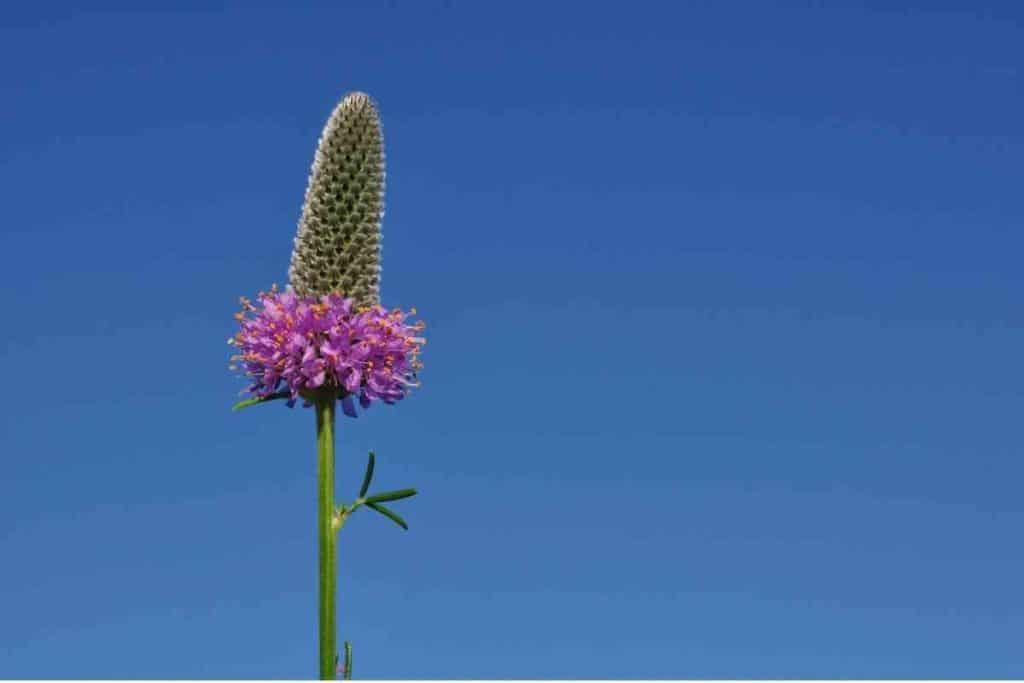
Dalea is a collection of different kinds of plants with a delicate texture, vibrant winter and early spring hue, and can tolerate Arizona’s hot sun during the summer. The plant comprises over 200 different species of trees, shrubs, and others, and most of them are specifically native to the Southwest’s deserts.
The most recently added varieties are ground covers or shrubs that can grow up to 1 ½ to 5 feet tall. Dalea draws pollinating flies and butterflies because of its pea-like flowers with different attractive colors ranging from violet to rose and yellow. Its seeds are commonly feasted by birds such as quail, doves, and finches.
7. Eremophila
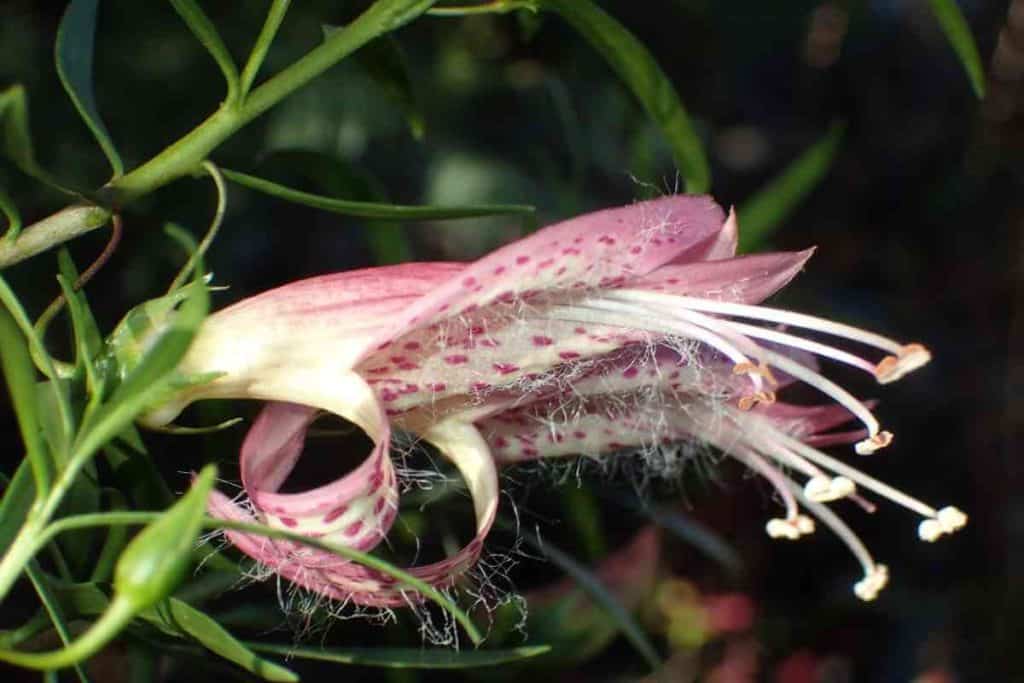
Eremophila is another plant that grows well in Arizona’s full sun. It is a perennial plant with its roots in the mid to arid regions of Australia. ‘Eremophila’ is coined from ‘eremos,’ which means desert or lonely area.
Also known as Emu bush, the eremophila can be grown in different soil types that are the same as those in the Southwest. Most emu bushes are drought-resistant plants that can survive without water for extended periods.
It features different flower colors ranging from white, yellow, violet, mauve, pink, and red. It sometimes features visible tubular blooms’ throats, but they often attract hummingbirds and other pollinators that feast on them.
8. Salvia (Sage)

Sage is a plant that has over 750 different species and features different shapes, flowers, and seasonal hues. Scientifically known as Salvia, the sage is commonly likable because of its gorgeous, scented, and durable flowers.
Its flowers come in elongated, densely packed clusters or widely separated on tall spears over the rounded shrubs.
While most sages are notable for their beautiful blue, violet, or purple color blooms, others produce smart reds, scarlets, orange, yellow, or even white color blooms. Most of the salvia varieties do better in dry regions and can be a perfect addition to Xeriscapes.
These plants are widely known for drawing hummingbirds and pollinators like bees and butterflies, especially given that they are mostly grown in native fauna gardens.
Some others possess a strong smell that scares feeders like rabbits. Irrespective of the species, they are all non-toxic plants, and most can be used as herbs or added to drinks.
9. Verbena

Verbena is an annual groundcover plant that prefers heat and produces flowers from the spring to summer season. It also features wonderful colors that give its environment a special appearance, especially when grown in large collections.
This plant does best under warm, full light, and well-drained soil conditions. You can rinse it weekly during its blooming period to enhance the formation of gorgeous flowers. You can reduce your watering schedule once the flower formation period has ended.
You can apply light nitrogen during the summer as it helps to revive the plant, but it doesn’t require any extra fertilizer application. You can prune the dried flower stems and dead foliage to tidy up the plant, and this activity should be done during the early summer.
Considering that the verbena doesn’t live quite long, you will probably need to replace them every two to three years. On the other hand, several other species can bear seed again and naturalize in the terrain.
10. Texas Sages
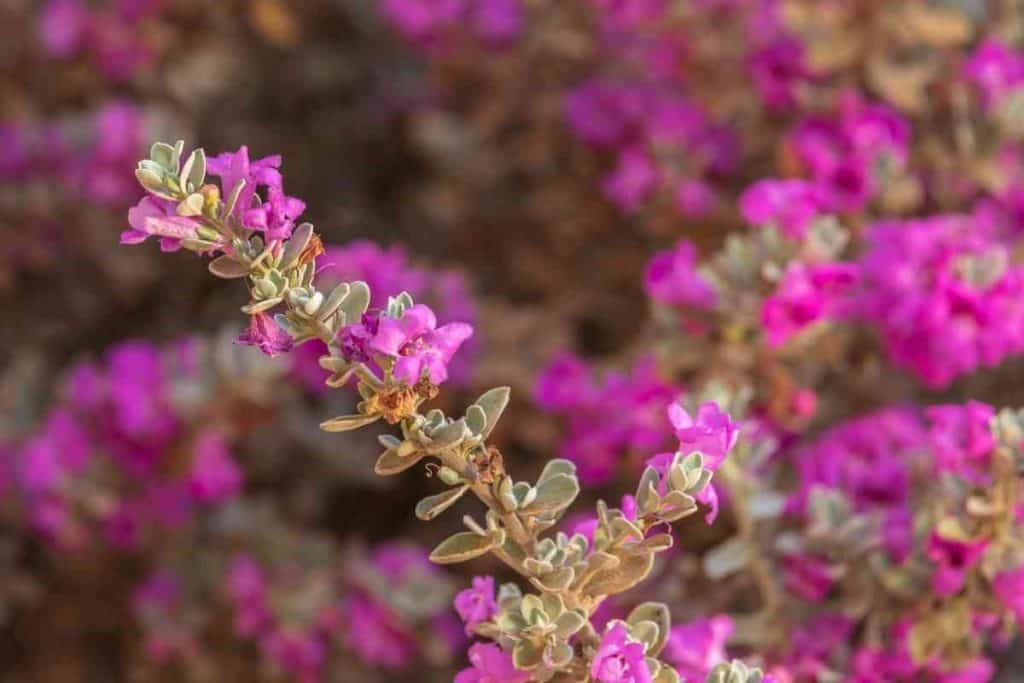
Scientifically known as leucophyllum frutescens, Texas sage is among the most trusted and trouble-free low-water-use plants that grow well in Arizona. However, just one choice of Texas sage has existed and proven available at local nurseries since 15 years ago.
But, in recent years, some other new species and types have been made available. The leucophyllum is a low-maintenance evergreen tree native to Texas and Mexico and does well in Arizona deserts. It requires full light and proper drainage for adequate blooming and healthy conditions.
The Texas sage features different sizes, and if you choose the right plant, you wouldn’t need any pruning activity. However, if you are hell-bent on keeping the shape of your plant, you will need to prune carefully and avoid shearing.
11. Penstemon
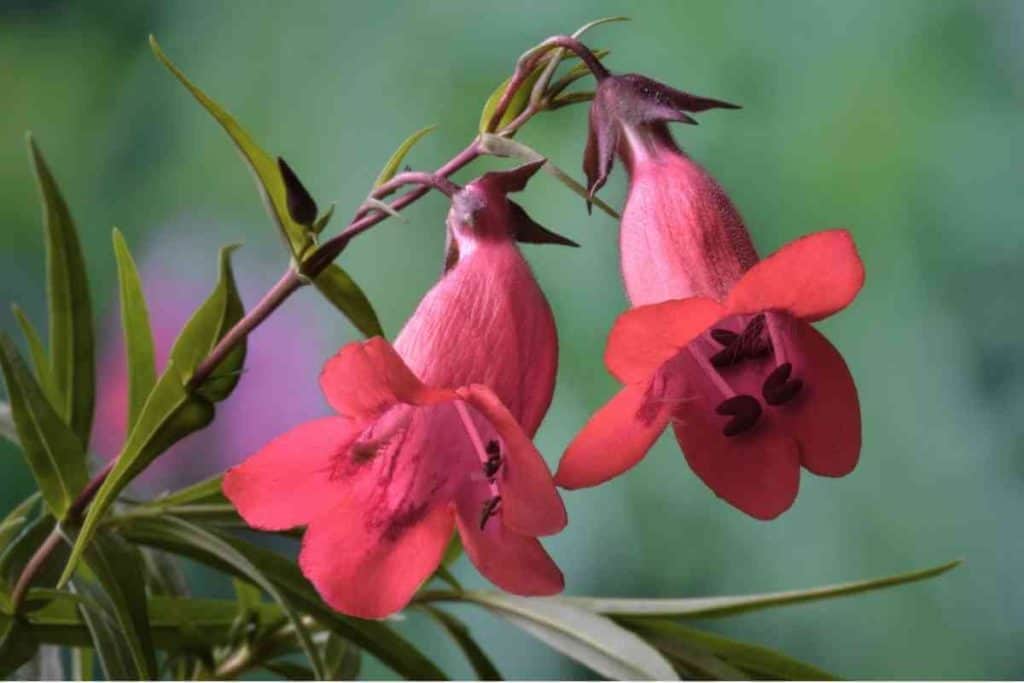
Choosing a few penstemon plant kinds will be difficult as they have many varieties. When they start flowering, it features trumpet-shaped buds that come in different colors ranging from orange to red, violet to white, and other colors, as mentioned earlier. Penstemon flowers draw hummingbirds.
The penstemon also features gradual-growing soil covers with short spikes or tiny base rosettes, producing high, durable flower spikes. This plant does best under full light conditions but requires shade from the reflected sun or heat in arid deserts.
It can tolerate any yearly temperature conditions. It is also drought-resistant and requires a proper drainage system. The penstemon requires very little water in the winter season. However, irrigation is very important when the summer season comes around when you will avoid excessive watering.
This plant can replant itself without difficulty, leading to reflections of different colors of the rainbow in your garden. Because penstemons don’t like to be crowded and prefer being given enough space to thrive, you have to grow them 2 to 3 feet apart.
12. Yucca
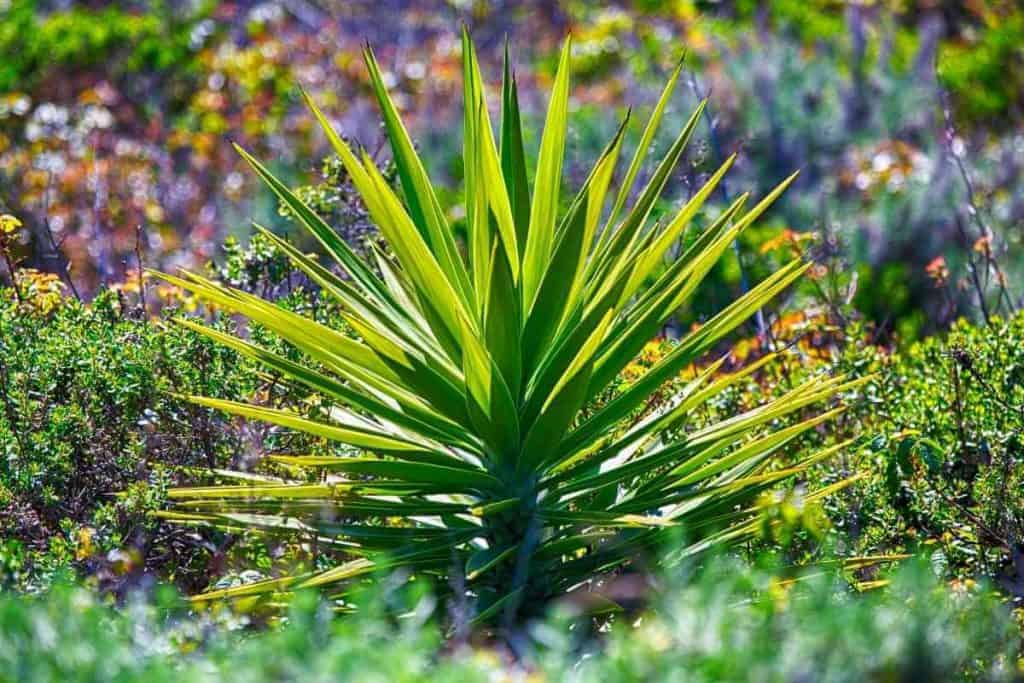
Yucca is an attractive perennial accent flower featuring different textures and gorgeous white flowers. Planting it with smooth plants such as ruellia and leucophyllum will add beauty and focus areas. Every yucca needs proper irrigation, full exposure to sunlight, and hardy to frost season.
It doesn’t require much water to survive, but you can give it a periodic watering schedule during the summer to maintain its healthy appearance.
The best time to plant the yucca is during the autumn and winter season. The plant can be a wonderful addition to give any environment a southwestern flair, but you’ll have to consider their position.
You must keep the yucca close to pathways, windows, or patios because of its spiky leaves and large size. The plant makes an exciting option for backdrop plantings due to its unique shape. Ensure you get rid of the old yucca foliage as soon as required as they prevent the plant from getting the heat, cold, and bugs.
13. Prosopis
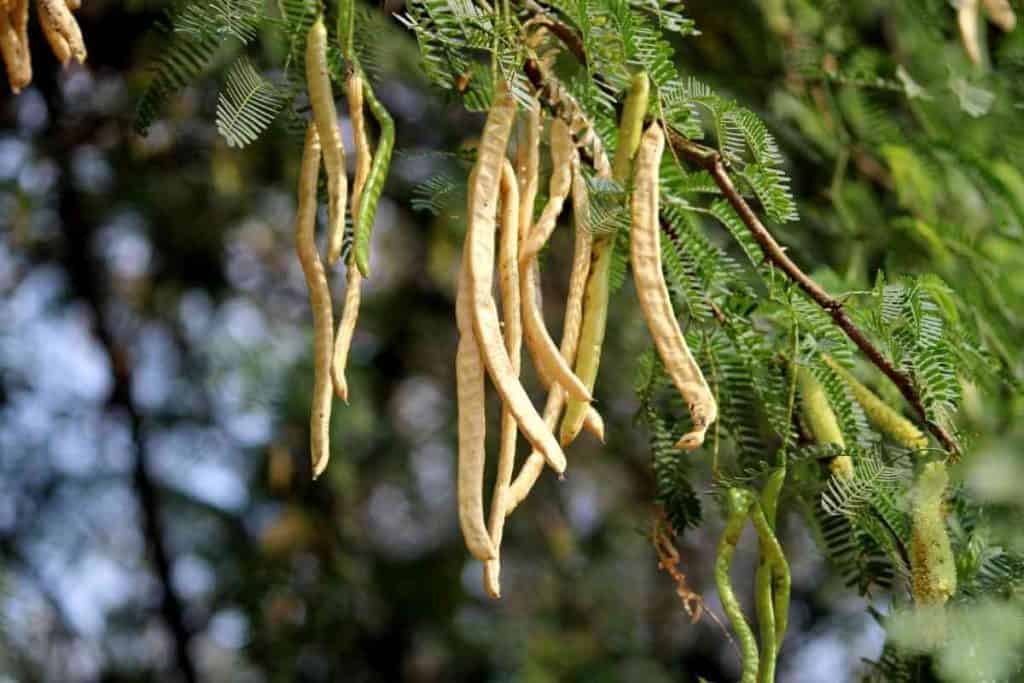
Also known as Mesquite, the Prosopis is quite an amazingly flexible plant resistant to different growing conditions. In other words, it is adaptable to either under or excess water conditions and can survive droughts season through its growth limitation.
It has many different species, some known for their curly nature related to drought conditions, while others attributed to pruning techniques. The Prosopis have long served as shelter, food, and medicines to desert dwellers.
The plant has dark green leaves and features a sculpted growth routine and stubborn, dark bark. During the spring season, it produces yellowish to cream-colored catkin blooms that go on to form different shapes and sizes of seeds.
Depending on its variety or specie, the top can grow up to full width of 20 to 35 feet. Suppose you want your Prosopis to maintain its healthy condition. In that case, you must ensure it develops broad roots, which is done by adequate management of its watering schedule throughout the canopy’s rim instead of the trunk’s bottom.




